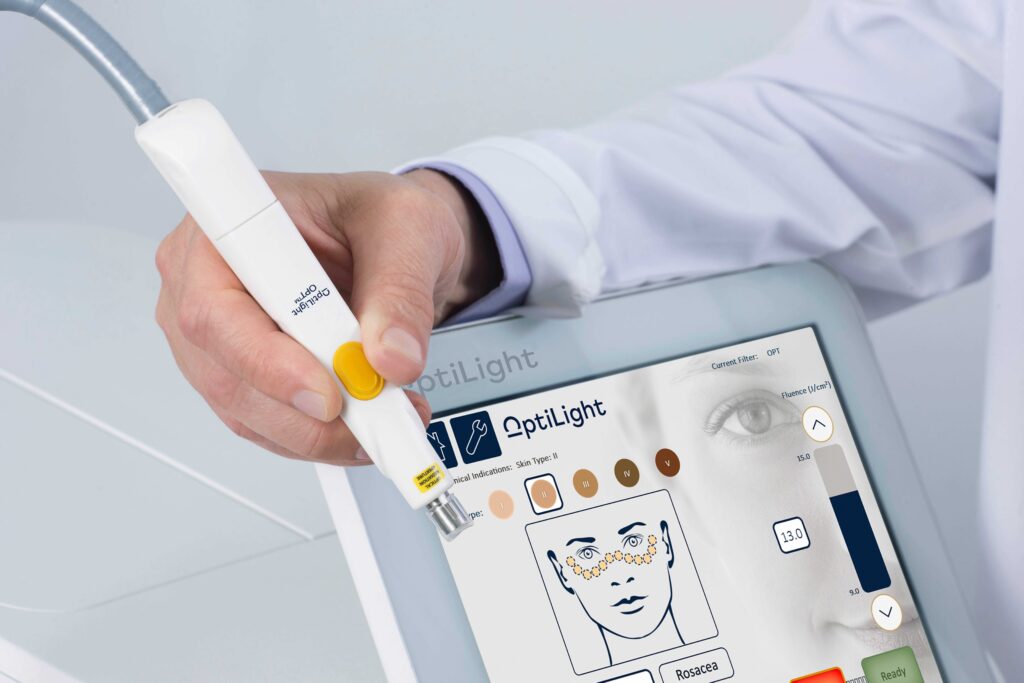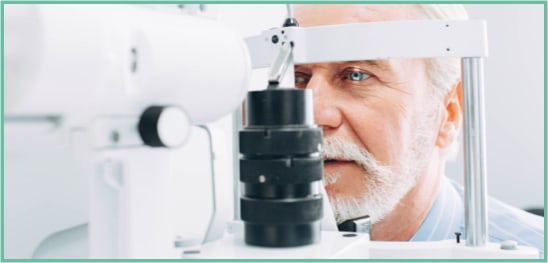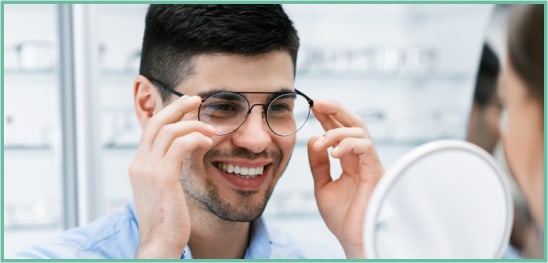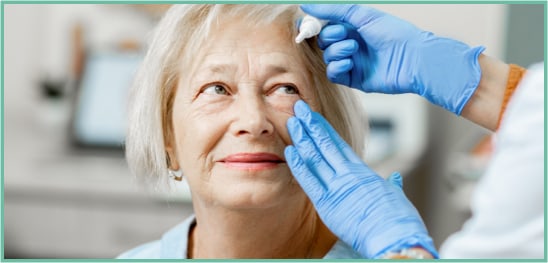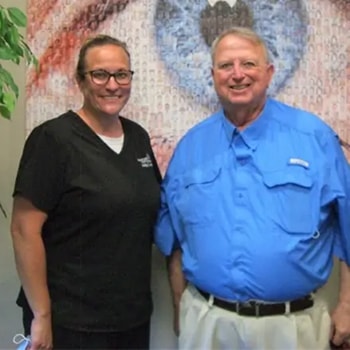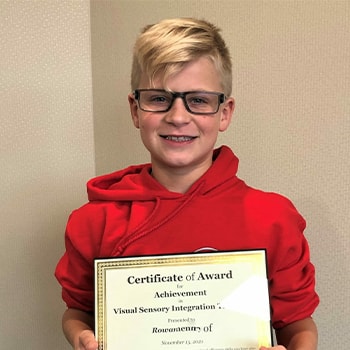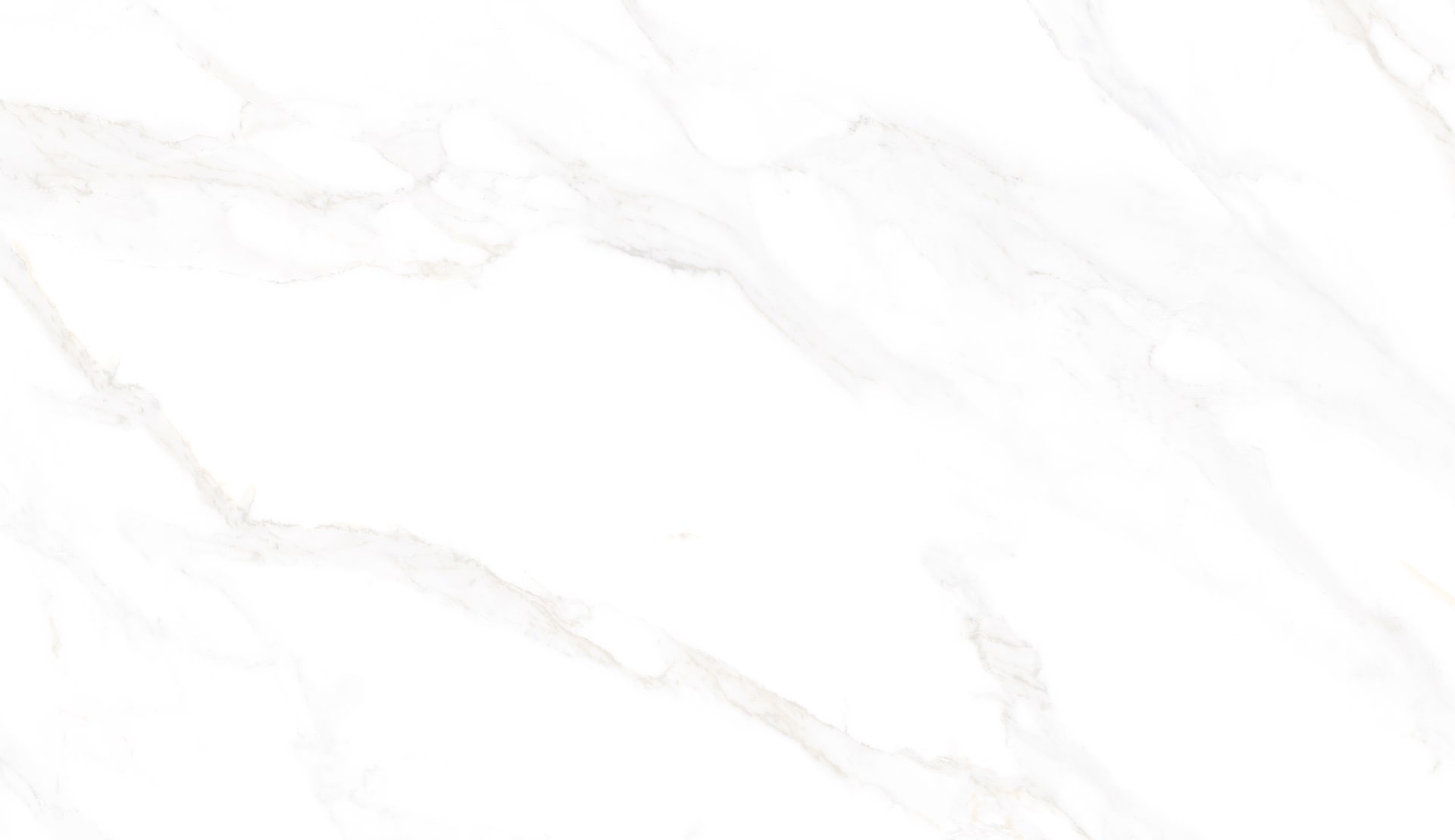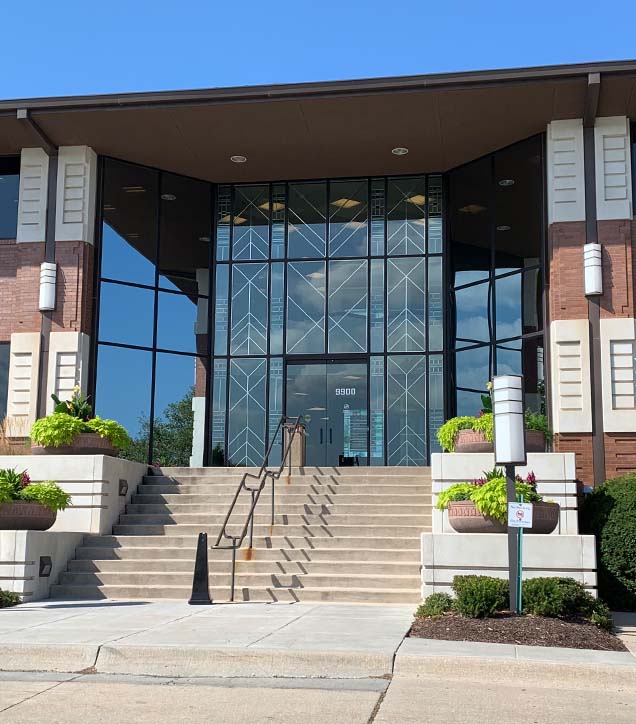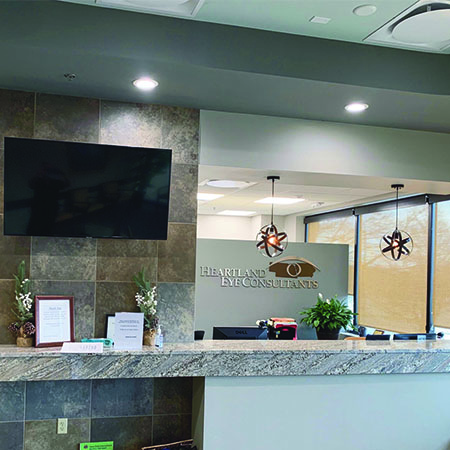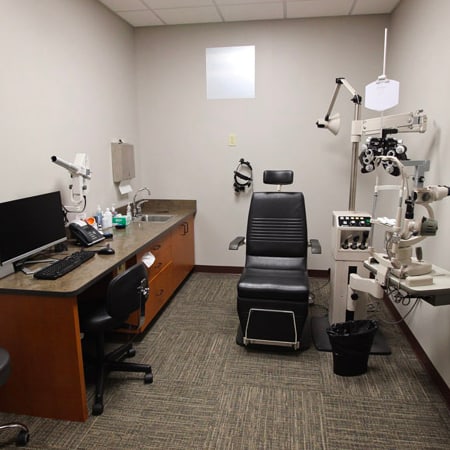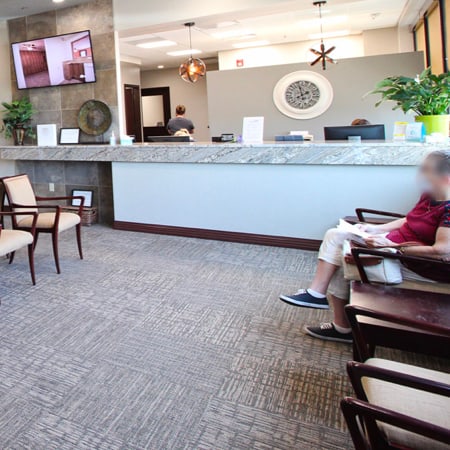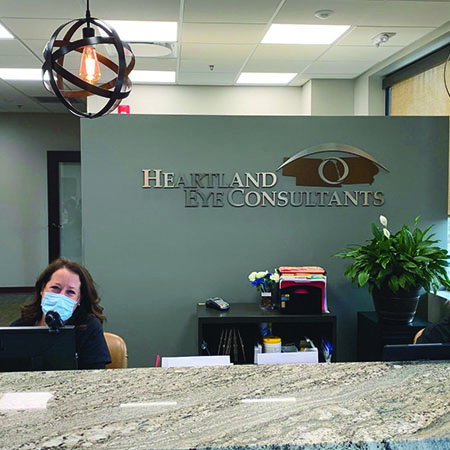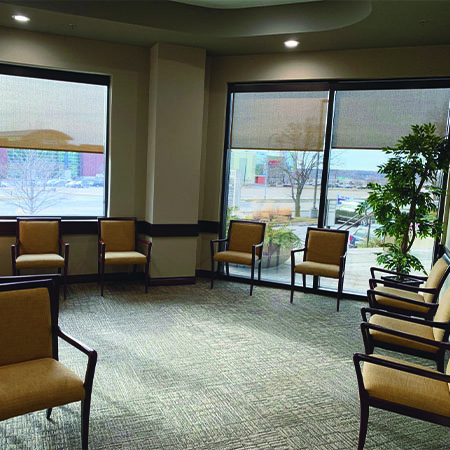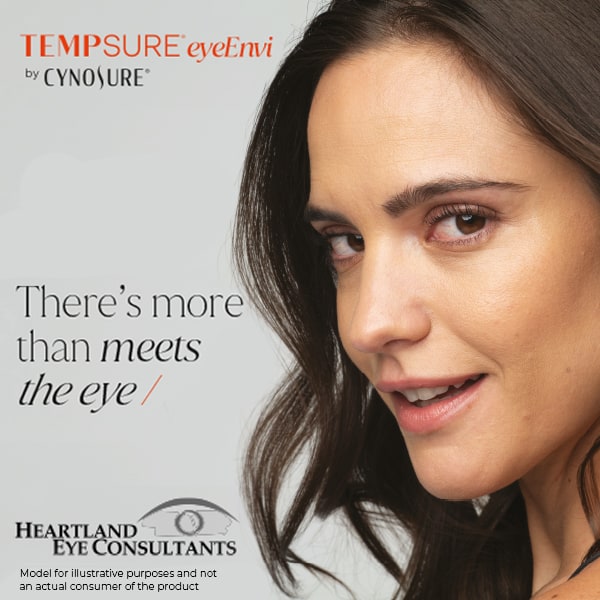Dry eye disease is a widespread and common issue for up to 49 million Americans. This chronic condition can have a significant impact on your quality of life, causing a foreign body sensation in your eyes, pain, blurry vision, and dry or watery eyes. Untreated, it can even lead to further eye health complications.
Despite these constant detrimental effects on quality of life, many dry eye sufferers are not aware that they’re suffering from dry eye disease or that real treatments exist. Instead, they just live with the discomfort.
But that’s not the end. Treatments exist that can offer relief from irritating or even dangerous dry eye symptoms. Eye care and eye comfort are linked, and many people have found success in seeking care.
We’re proud to offer OptiLight by Lumenis to our patients, specially designed for dry eye management.
What is Dry Eye Disease?
Dry eye disease occurs when there’s a disruption in the health of your tear film, resulting in dryness, irritation, and inflammation. Every time we blink, the tear film spreads across our eyes, protecting and nourishing the cornea. There are 3 layers to the tear film: the inner mucus layer, the watery middle layer, and the outer oily layer.
There are 2 types of dry eye with different causes:
- Aqueous deficient dry eye is caused by the lacrimal glands failing to produce enough tears to hydrate the eyes.
- Evaporative dry eye is caused by an issue with the oily layer of the tear film, resulting in a quick tear evaporation time.
Evaporative dry eye is much more common, making up 90% of dry eye cases. Of those, most result from meibomian gland dysfunction (MGD).
Meibomian glands line your eyelids and secrete meibum, an oil that helps your tears stay smooth and prevents evaporation. This oil is essential for the health of your tear film, making up most of the outer oily layer.
Unfortunately, these glands may become blocked, halting the oil production and potentially leading to dry eyes. Intense pulsed light (IPL) therapy, such as OptiLight by Lumenis, may remove these blockages.
Dry Eye Symptoms
The symptoms of dry eye include:
- Grittiness/scratchiness
- Sensitivity to light
- Eye fatigue or heaviness
- Red eyes
- Blurry vision
- Excessive tearing (as eyes produce more tears in an attempt to compensate for the dryness)
- Issues with wearing contact lenses
Causes of Dry Eye
A variety of lifestyle and health factors can increase your risk of developing dry eyes. While dry eyes rarely have one cause, these factors can add up over time:
- Aging: You generally produce fewer tears as you age.
- Medical conditions: Certain medical conditions, such as Sjögren’s syndrome, rheumatoid arthritis, and diabetes, can affect the moisture in your body, causing dry eyes.
- Medications: Antihistamines, decongestants, and antidepressants are some of the medicines that may reduce tear production.
- Environmental factors: Dry climates, wind, and smoke can cause tears to evaporate more quickly, especially without eye protection.
- Prolonged screen time: Staring at a computer while working for a long time can cause digital eye strain, also called computer vision syndrome. You, on average, blink less while using a screen. Since blinking refreshes our tear film, a reduction in blinking can dry out your eyes.
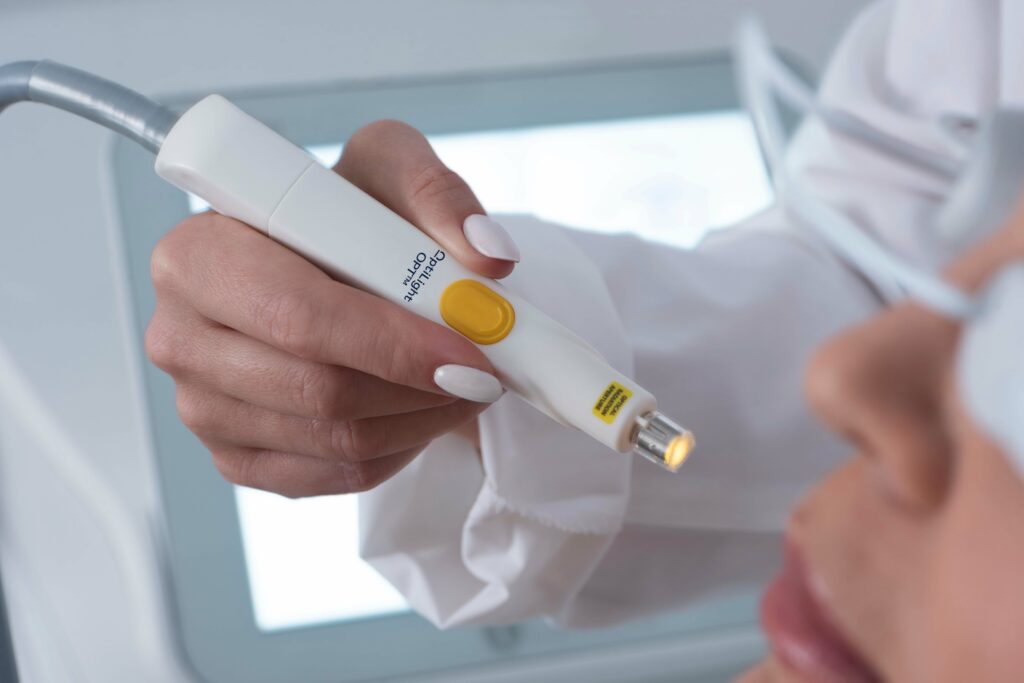
What Is OptiLight by Lumenis?
OptiLight by Lumenis is a light-based, non-invasive treatment done in the area below the eyes to manage dry eye. The first and only IPL FDA-approved for dry eye management.
The treatment is safe, gentle, and is backed by more than 20 clinical studies.
How Does It Work?
OptiLight uses precise pulses of light to reduce the inflammation that is typically associated with dry eye disease, improve tear break-up time, and increase meibomian gland functionality.
This application can significantly relieve dry eye indicators and has a multi-factorial effect, including:
- Increasing tear break-up time
- Reducing the amount of Demodex mites and bacteria living around your eyes
- Eliminating blood vessels that contribute to inflammation
- Improving meibomian gland functionality
What to Expect
Before Your Treatment
Because IPL therapy is only effective on evaporative dry eye, your treatment begins with an assessment and testing. Using cutting-edge diagnostic equipment, we thoroughly examine your tears and eyes to uncover the source of your dry eye symptoms. This process typically takes about 2 hours and allows us to recommend effective treatments.
We suggest you avoid direct sun exposure and tanning beds before your first appointment. Avoid makeup or skin products around the eyes on the appointment day as well to ensure they don’t interfere with the treatment.
During Your Treatment
This treatment is fast and simple. During the treatment your doctor will apply a coupling gel on the treatment area and cover your eyes with shields.
As light is applied to the skin, you may experience a warm sensation. The treatment is gentle with minimum discomfort. The treatment itself will only take 10–15 minutes.
OptiLight is often followed by meibomian gland expression.
After Your Treatment
OptiLight treatment is non-invasive and doesn’t require a long period of rest. So you should be able to get back to your daily routine quickly. You may notice some redness around the treatment area, but it will fade.
Will the OptiLight by Lumenis Work for Me?
While OptiLight by Lumenis is an effective dry eye management solution, we want to make sure it’s right for you. We do not recommend this treatment if you:
- Suffer from aqueous deficiency dry eye (rather than evaporative dry eye or meibomian gland dysfunction)
- Have a history of keloid scarring
- Have severe scarring around your eyes
Ultimately, your doctor is the only person who can determine whether this option is right for you. During your next appointment, ask us if you are a good candidate for OptiLight by Lumenis.
Modern Eye Care You Can Trust
Heartland Eye Consultant’s team has over 35 years of dry eye experience. We’ve helped many people find relief from dry eye, and OptiLight is only one of the tools on our belt.
Don’t let dry eyes ruin your day. Contact us for an assessment and learn if you’re a candidate for OptiLight.


